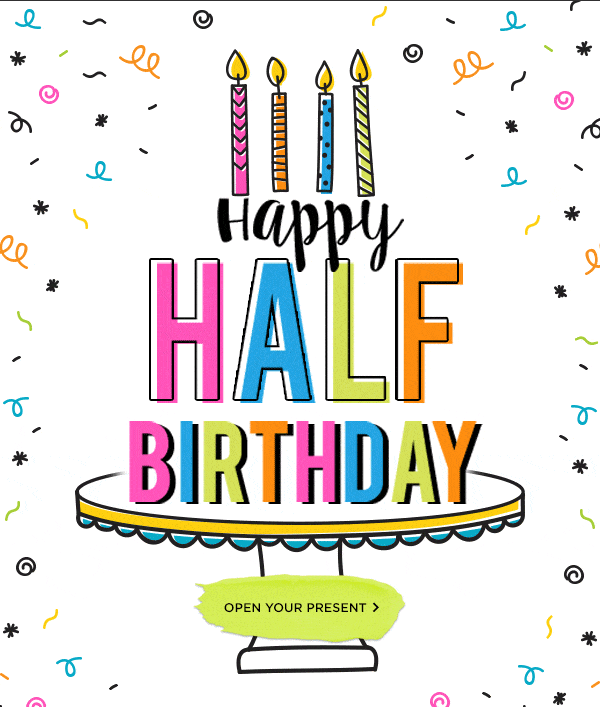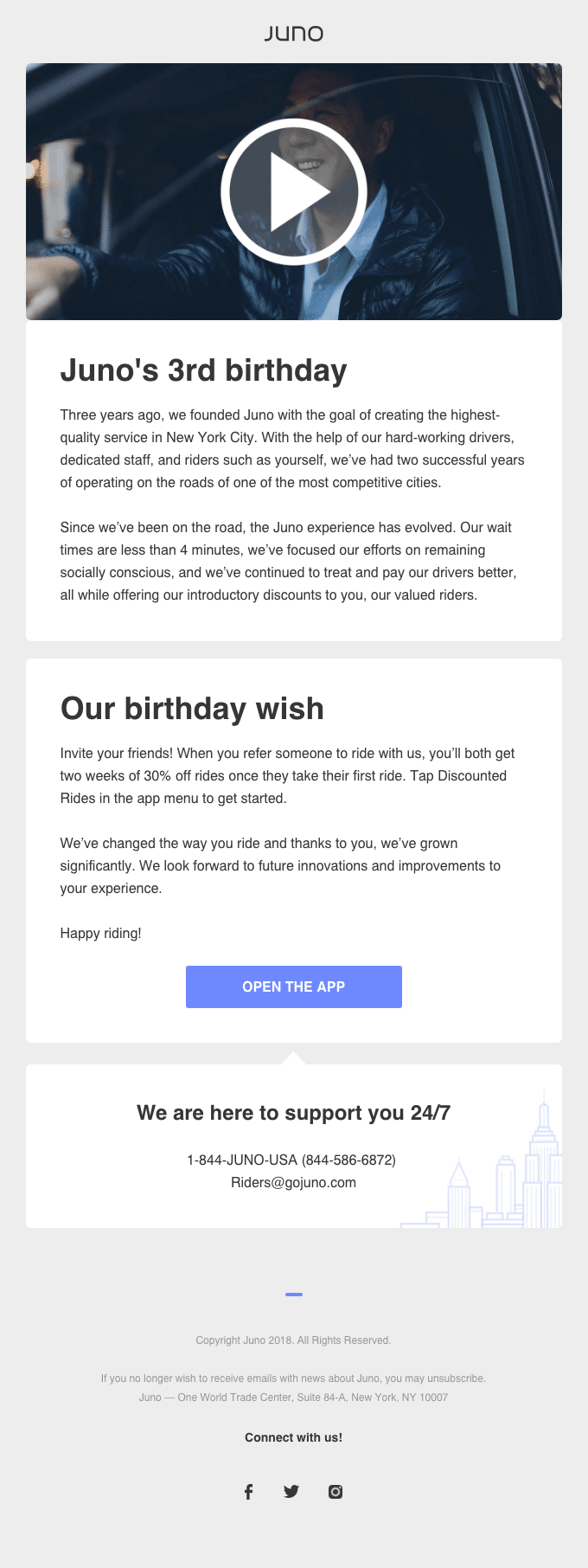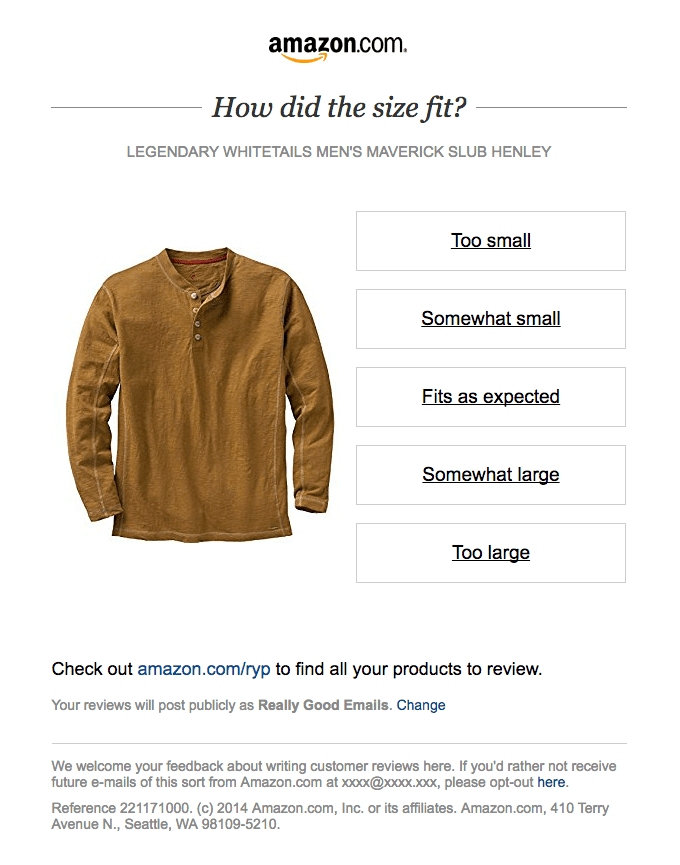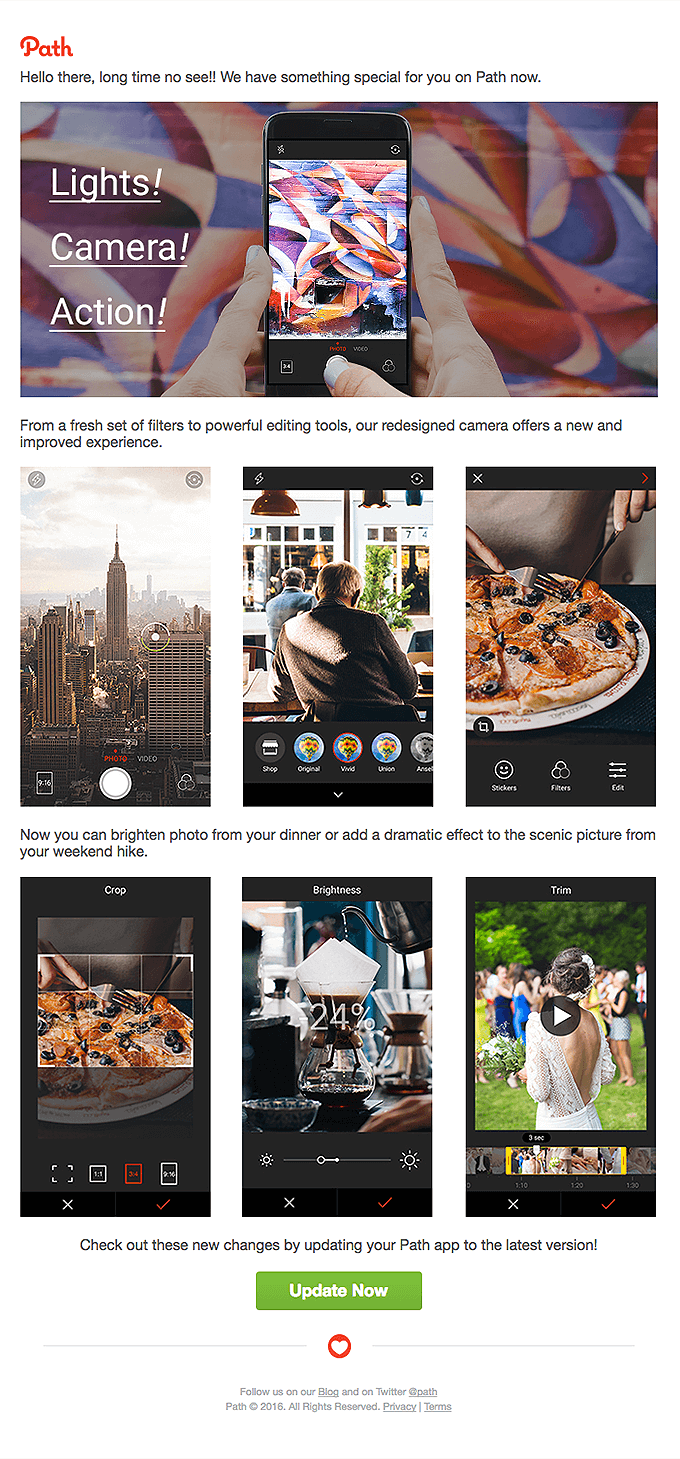Is email marketing hard? 6 things digital marketers need to know
What’s the first thing you do when you wake up? If you’re like a lot of consumers, your first move after turning off the alarm is to check your inbox.
Email remains a huge part of our lives—in fact, 268 billion emails are sent per day. Which means that your subscribers' inboxes are likely just as full as your own.
For marketers, this can make your job seem overwhelming. How are you supposed to cut through peoples' noisy inboxes and actually make them complete an action? Where do you even begin?
Email marketing doesn't have to be scary.
Focus on building your strategy around key principles of segmentation, personalization, and automation.
In this post, we’ll explore each of those principles, as well as explore how to overcome common mistakes that act as barriers to hitting email marketing gold.
3 common email marketing mistakes you could be making
Some of these common mistakes are the natural result of making email marketing harder than it has to be. The good news? There is almost always a better way to optimize your strategy so you can make a bigger impact with even less manual effort.
First, let's look at these common mistakes (and how to avoid them).
1. Not testing
If you never took tests in school, how would you know if you actually learned something from the lectures? The same is true for email marketing. Instead of just sending out an email and crossing your fingers, put your content to the test and it will pay off in the long run.
For example, Designhill.com increased their open rate by 2.57% and their click-through rate (CTR) by 5.84% by simply changing the subject line in an email.
The trick with A/B testing is to make sure you only incorporate one change at a time between both variants. For example, change only the subject lines for both emails rather than the subject line and button placement.
Once you reach an outcome that is statistically significant, come up with a plan for what you’re going to do with that data. Ideally, you should always be testing and learning from what works and what doesn't—then altering your strategy to fit.
2. Not spending enough time on the look and feel
Unprofessional design can be a red flag to subscribers and will damage your brand reputation in the long run. Simply taking the time to select graphics or photos that adhere to your company's brand guidelines will make a world of difference in gaining trust from potential customers.
Luckily, we don’t have to be brilliant designers to make professional looking emails, thanks to template builders, stock photography libraries, and drag-and-drop design tools.
Remember, consistency is key. Keep your branding similar across every form of communication you utilize. And don’t forget about your mobile audience—59% of emails are opened on a mobile phone. Look to Flume for a little email design inspiration:
3. Not spending enough time on content
Once you feel confident about the look and feel of your email, it's time to focus on the content inside it.
It can be easy to overthink the content of your email. But don't stress yourself out—simply think about what would make you open and read an email instead of putting it in the trash folder. Is it a catchy subject line? Well-written, typo-free copy? A clear call-to-action that inspires you?
We're betting it's all of those, plus a little work behind the scenes to ensure the emails you're receiving are timely, personalized, and relevant to you. These small changes can have a huge impact on your email engagement and bottom-line results.
Take Juno, for example. This email tells a great story to hook you, then ends with a coupon offer:
Establish your tone, use great grammar, be concise, keep it short, and end with a clickable CTA— these are all actionable tips for creating copy that truly converts.
Email marketing trends to focus on
Now that we’re out of the potential-mistake zone, it’s time to talk about some simple changes you can make that will deliver real results. Here are some foundational tactics that digital marketers should focus on to perfect their email marketing strategy.
Use segmentation to propel engagement.
Not all consumers are the same, so your emails shouldn’t be either.
Email lists contain different kinds of people, with different behaviors and interests. It’s up to marketers to create content that matches those behaviors, otherwise known as segmentation.
If you create segments, or groups, from your email list, this can lead to increased engagement, higher conversion rates, and stronger customer loyalty.
Quick tips for getting started with segmentation
- Demographics: Neil Patel says that the more info you can gather about your audience during the sign-up process, the more options you’ll have for demographic segmentation. Of course, be careful not to bombard them. Figure out the key pieces of information you'll need: Is it location? Job title? Or even topics they're interested in? Include those things on your sign-up form and then segment based on that data.
- Open and click behavior: You can also segment based on what actions they take within the inbox. For instance, if someone clicks a link in your newsletter about the best burgers in America, you might use that information to create a "Burger Enthusiast" segment and send them more information on recommended restaurants, recipes, or reviews.
- Birthdays or Anniversaries: Date-based emails are an easy win. They show your customer that you're thinking about them and build brand loyalty over time. Send consumers a special message or offer on their birthday. Or if you’re Michael’s, on the customer’s half-birthday!

5. Use personalization to drive opens.
As a marketer, your goal should be to make every email you send feel like a human interaction. And that means getting personal!
Think about this: If you were walking down the street and someone shouted, "Hey you!’ would you turn around? What about if the same person shouted, "Hey [insert your name]!"? Would you be more likely to turn around then? Of course you would.
The same goes for email marketing. The more personalized you get, the more the content will resonate with consumers. They’ll feel like you’re actually reaching out directly to them by curating content that is specific to them.
Ways to implement personalization
- Subject Line: This is an easy place to start. In one study, personalized subject lines generated a 50% higher open rate. Include the customer’s name by using a dynamic tag, which your email marketing software should be capable of doing.
- Timing: This may seem less obvious, but timing is a great place to combine personalization with segmentation. Your customers on the west coast might prefer receiving emails at a later time than you’d send the same note to your east coasters. Use that defined list based on time zones to make informed decisions about sending—and boost engagement along the way.
- Have fun with it: Don't forget that marketing can be really fun, for both the professional and the consumer. Adding emojis or GIFs to your email content is a way to showcase your personalization for your own brand too, and that’s just as important.
Using all of the available data is the best way to make personalization work for you and your brand.
6. Use automation to tie it all together.
Luckily, when it comes to email marketing, all three of these strategies work hand-in-hand. Automation is basically just taking what works and transforming a manual process to an automatic process, which helps you scale your efforts and become more efficient.
Automation can also make segmentation and personalization easier. When using automation, marketers can create workflows that automatically send emails to subscribers based on certain triggers.
3 places you should be using automation
Welcome emails
Welcome emails are a great place to start—in fact, research shows that welcome emails increase long-term brand engagement by 33%. Learn more about our formula for welcome emails in this blog post.
When a new user signs up, their enthusiasm for your brand is fresh and they’re most receptive to hearing from you, so make sure your welcome email includes and "thank you" and a reason to continue engaging, like a video or promo code.
This example from Beardbrand showcases their persona right away with a fun video, and sets the expectations for what the subscriber is going to get now that they’ve joined the email list.
Surveys
Remember how we said you should always be testing? The same goes for seeking feedback.
Surveys are perfect for automation because they can be triggered by an action. That action can be negative, like when a client leaves you can trigger a survey to find out why and use the feedback to improve. Or, on a happier note, you can trigger a survey on a customer’s anniversary. Celebrate their time with the company, and possibly ask them to leave a review or send them a coupon.
In this example, Amazon’s triggered email makes it really easy for the customer to review a recent purchase.
Re-Engagement
Hooray! Your subscriber list hit over 30,000—a benchmark you'd previously only dreamed of hitting. But...wait a minute, how many of those are actually interacting with the communications you send?
This is where re-engagement comes in. If someone hasn’t opened any emails in say, 90 days, set that as a trigger to send a re-engagement communication. This will help scrub your subscriber list to keep it current and ensure you’re not wasting your efforts.
This example from Path acknowledges the subscriber’s absence and shares a bit about what they’ve been up to. It’s a kind, not-too pushy way to say, "Hey, just catching up!"
The verdict: Is email marketing hard?
So, is email marketing hard? Not when you’re equipped with the right tools, knowledge, and a bit of creativity.
Test everything, and don’t forget the importance of good writing and a clean design. And, be sure to implement crucial email marketing principles like segmentation, personalization, and automation to make your emails shine and break through noisy inboxes for optimal engagement. You've got this!
MOST RECENT ARTICLES
Want to engage your audience and grow your brand? Try Emma's robust easy-to-use product today.


















